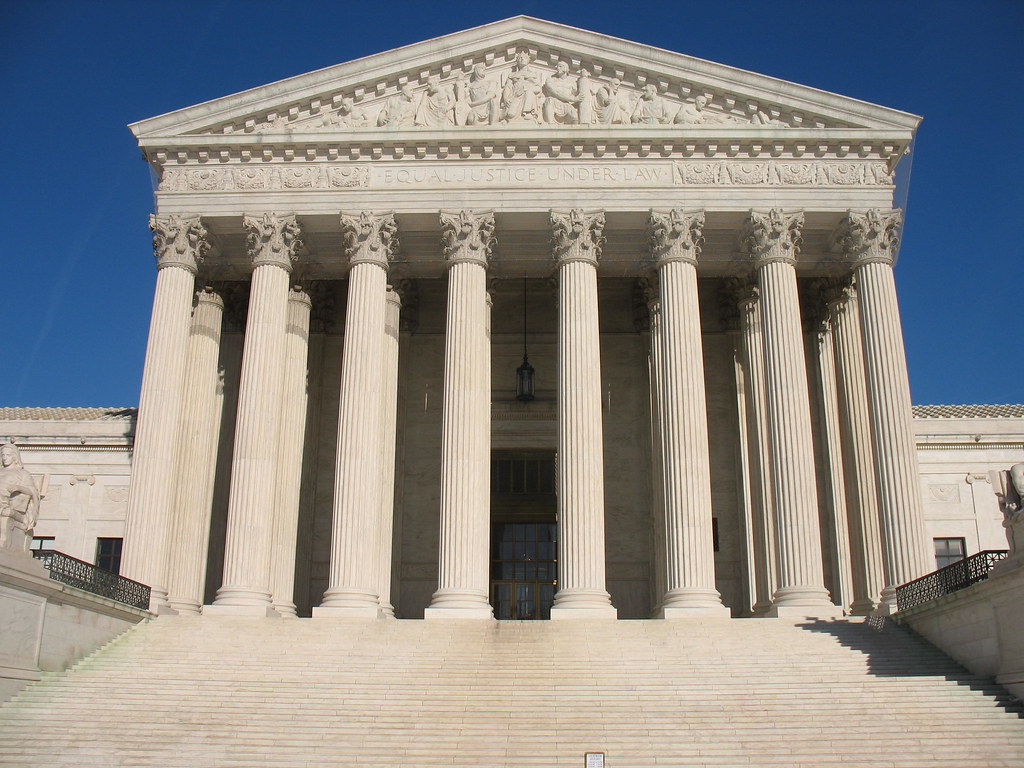Controversial U.S. Bill Would Lift Supreme Court Ban on Patenting Human Genes
By Kelly Servick,
Science
| 06. 04. 2019
A congressional proposal that would overturn a landmark U.S. Supreme Court decision that barred the patenting of human genes and ease other restrictions on patenting software and biomedical inventions is drawing fierce criticism from some scientific societies and patient advocates. Yesterday, the American Civil Liberties Union (ACLU) in Washington, D.C., along with more than 100 other signatories from research institutes and advocacy groups, released a letter to lawmakers arguing the changes would stifle medical research and hinder patients’ access to diagnostic tests.
The draft bill “would result in a quagmire of patent claims and legal impediments to the normal scientific exchange,” said Harold Varmus, a cancer biologist at Weill Cornell Medicine in New York City and former director of the National Cancer Institute, in a press conference yesterday. “It’s in the interest of virtually everyone to keep ideas and basic discoveries about the laws and products of nature in the public domain.”
The ACLU letter comes as the Senate Committee on the Judiciary kicks off the first in a series of three hearings that will examine potential changes to U.S. patent law...
Related Articles
By Josie Ensor, The Times | 12.09.2025
A fertility start-up that promises to screen embryos to give would-be parents their “best baby” has come under fire for a “misuse of science”.
Nucleus Genomics describes its mission as “IVF for genetic optimisation”, offering advanced embryo testing that allows...
By Hannah Devlin, The Guardian | 12.06.2025
Couples undergoing IVF in the UK are exploiting an apparent legal loophole to rank their embryos based on genetic predictions of IQ, height and health, the Guardian has learned.
The controversial screening technique, which scores embryos based on their DNA...
By Frankie Fattorini, Pharmaceutical Technology | 12.02.2025
Próspera, a charter city on Roatán island in Honduras, hosts two biotechs working to combat ageing through gene therapy, as the organisation behind the city advertises its “flexible” regulatory jurisdiction to attract more developers.
In 2021, Minicircle set up a...
By Vardit Ravitsky, The Hastings Center | 12.04.2025
Embryo testing is advancing fast—but how far is too far? How and where do we draw the line between preventing disease and selecting for “desirable” traits? What are the ethical implications for parents, children, clinicians, and society at large? These...




